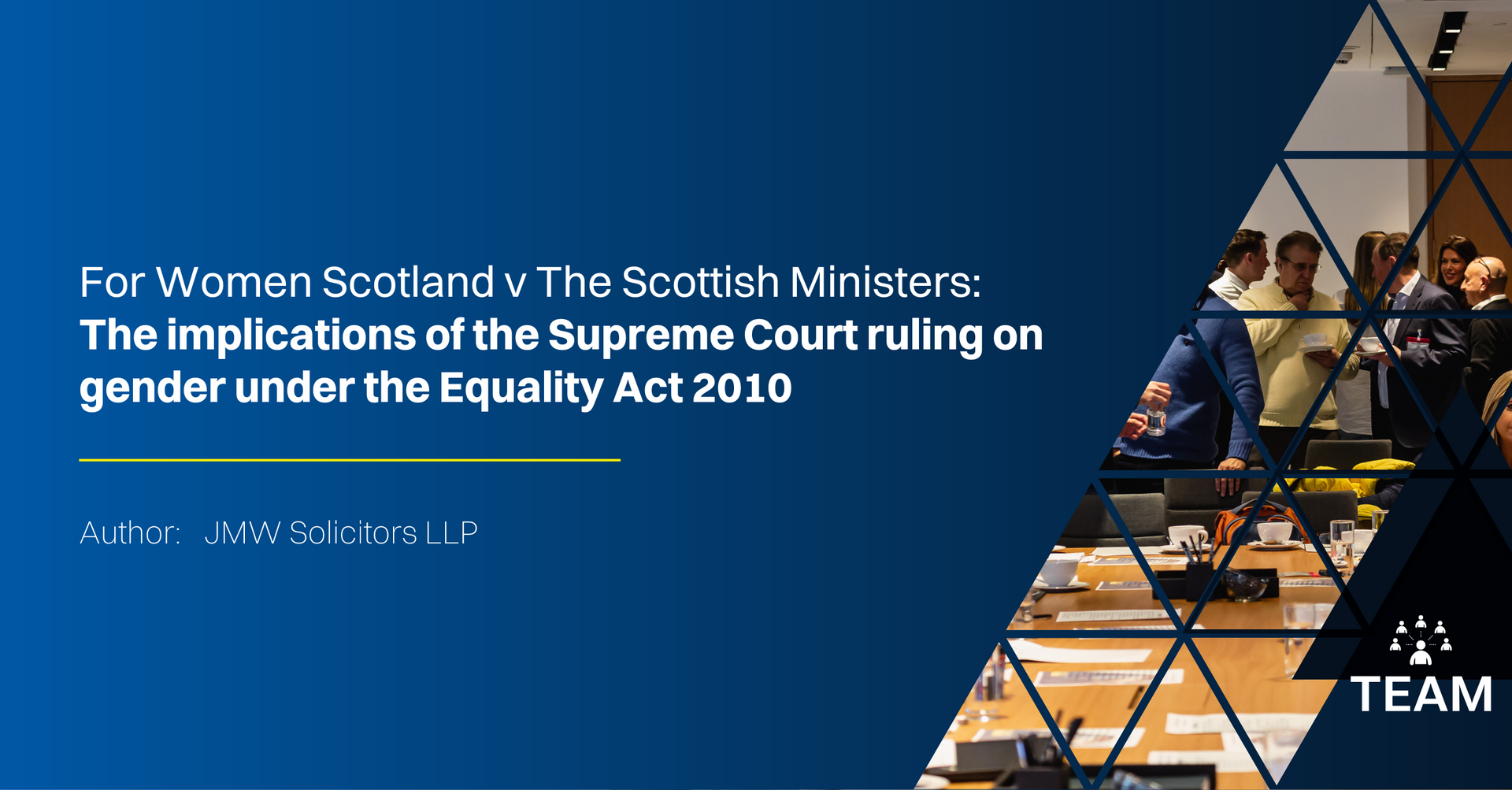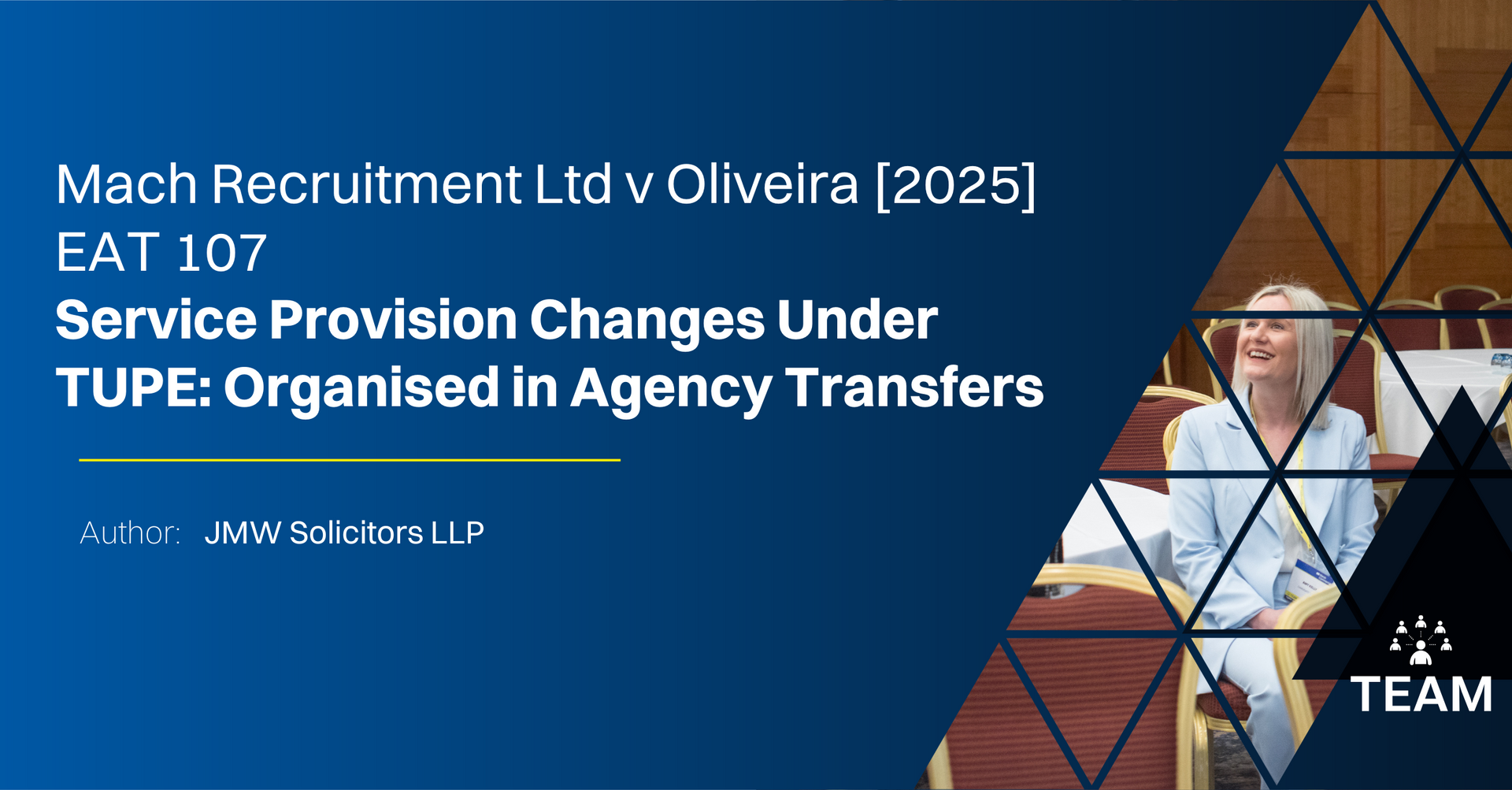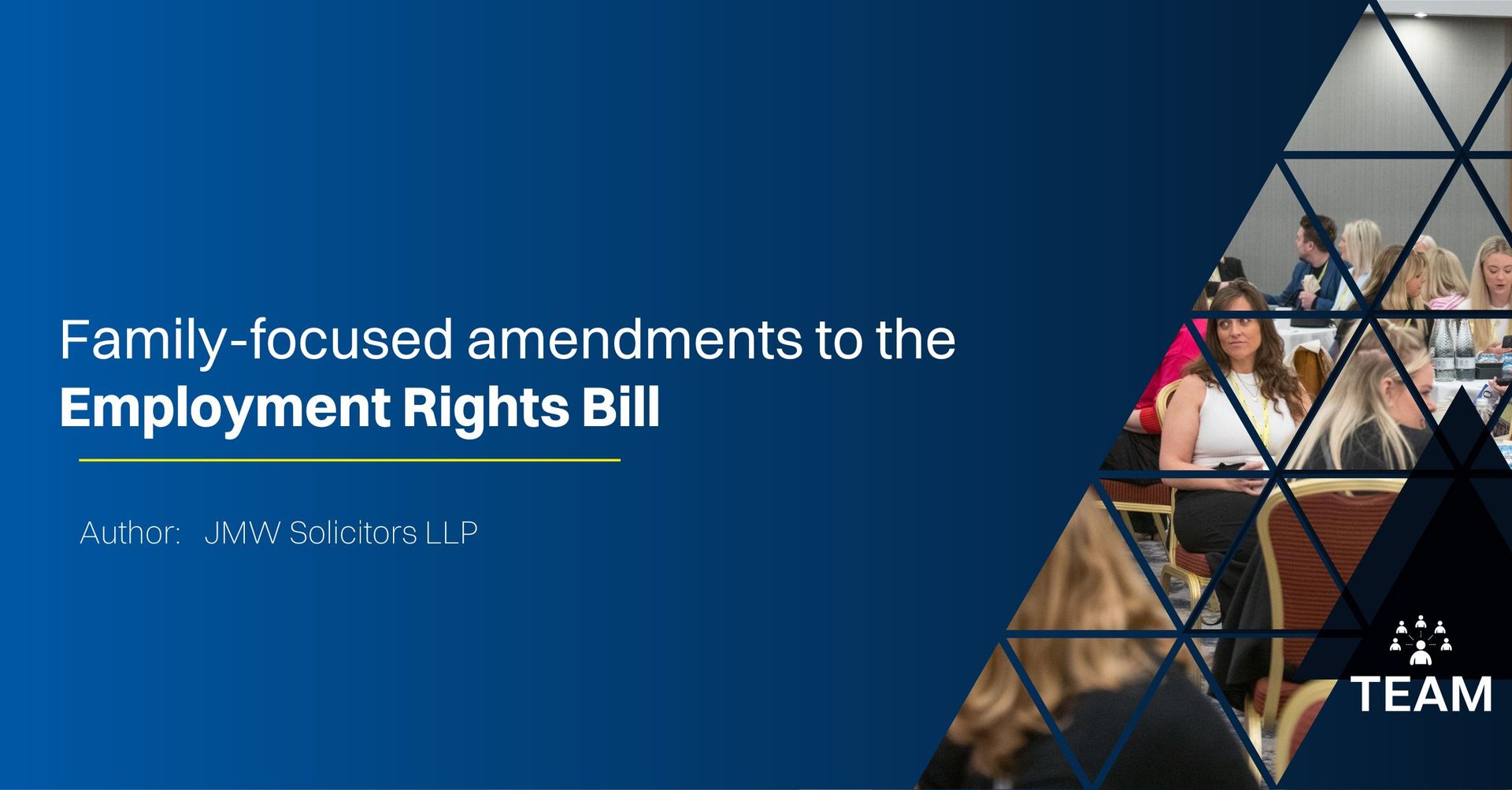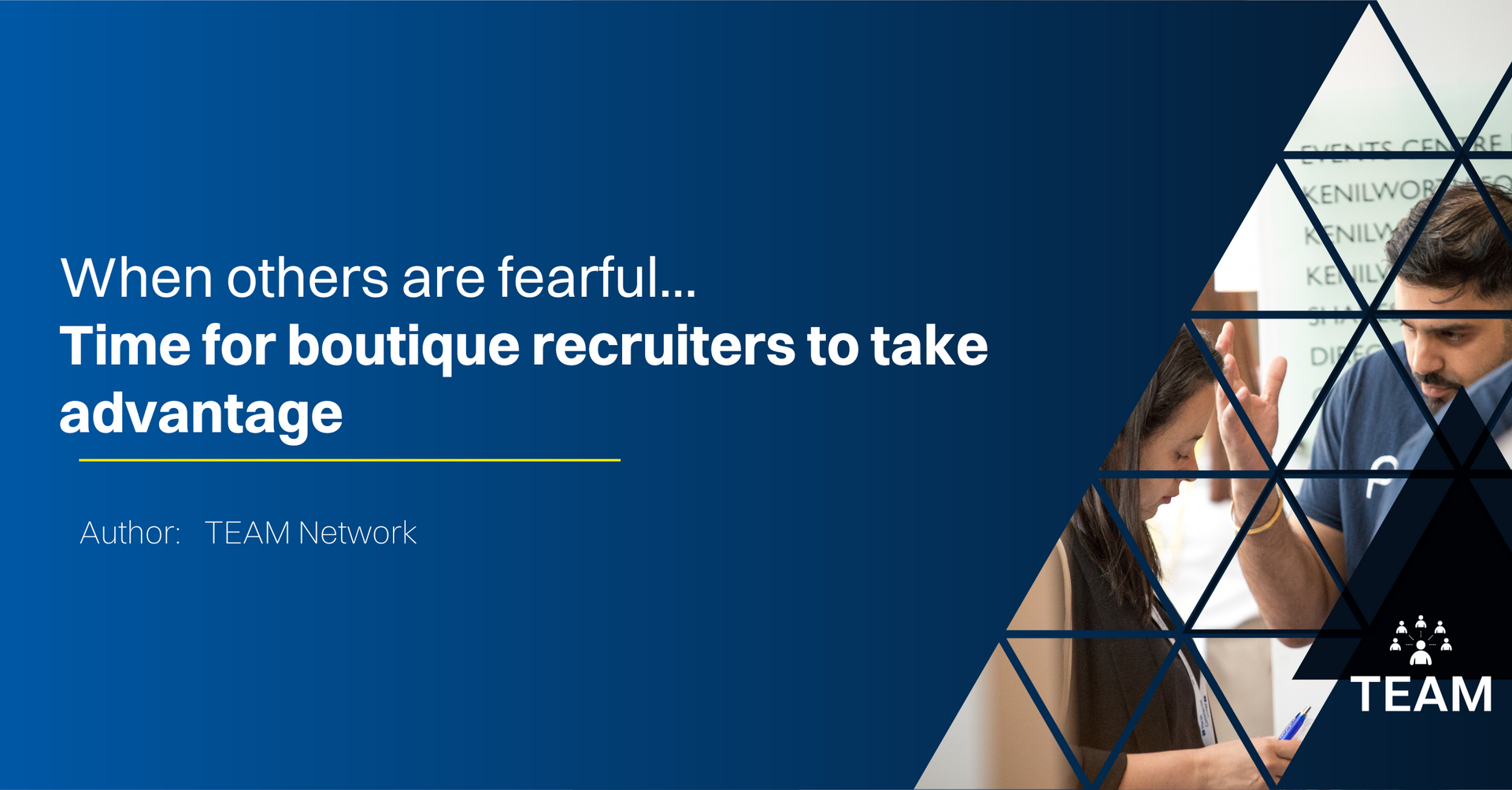As a business in the scale-up phase you are interested in growing exponentially. This is a critical stage, as you are no longer a start-up but are not exactly a large corporation either. At this point, your revenue is increasing and so is the need for new clients. You are interested in getting the most out of the tech you invest in and the process you are developing
THIS BEGS THE QUESTION, ARE YOU USING VIDEO TO ITS FULL POTENTIAL?
You want to promote your culture, the product or service you are selling and share your brand message more than ever before. Video technology can check all those boxes and more.
Here are some tips to keep in mind when using video as you’re scaling up your business.
Use video to leverage your personal brand
A great example of video connecting you to an audience is social media influencers. Many of them speak directly to their audience in videos, ‘go-live’ on social channels with fans and post stories of themselves throughout their day. Just by this consistency alone, their viewers feel like they know the influencer personally. Because they see their faces often and know their voices, their viewers trust their opinions more because of the connection they have made.
96% of US and UK consumers who followed influencers were engaging with them more or to the same extent as before the coronavirus outbreak.
We recently received the following from one of our clients,
"WHEN I ASKED A CANDIDATE I HEADHUNTED ON LINKEDIN WHAT ATTRACTED HER TO THE ROLE, SHE REPLIED ‘YOUR VIDEO WAS THE MAIN THING, I REALLY APPRECIATED THE PERSONAL TOUCH.'"
However, that’s just one video format that sees success, you NEED to be using video in every business stage possible.
Creating a personal brand can cost little to nothing extra when you’re posting high-quality videos consistently. Establishing yourself as a thought-leader and reaching out to contacts with video. This is setting you apart from the noise and getting yourself in front of as many people as possible.
Use video as your competitive advantage
Data from Mattersight, showed that 80% of candidates would choose one role over the other because of the personal relationship built during the interview process.
Use video for outreach, as well as inviting candidates to interview, delivering their offer, congratulatory messages and to maintain the relationship. This makes the process extremely personal and makes the candidate feel valued, resulting in reducing the risk of counteroffers being accepted. They’ll trust your recruitment business.
Use video to improve candidate experience
As you’re scaling up, you’re growing at a faster rate than normal and it’s important to treat everyone you encounter like they are a potential customer. That means that the candidates you’re placing can become your clients in the future. If you make their experience throughout the interview process engaging and enjoyable, they are going to want you to hire for their teams too. It’s a win, win situation.
Stand out with video across all channels
Reaching out with video will make you stand out within all the LinkedIn InMails, emails & voicemails that these prospects are bombarded with every single day.
You’ll know that by using video that you’re bringing your prospecting approach alive. While also adding a personal touch in your outreach which will make you memorable. With video they would have seen your face, heard your voice and essentially, they feel like they know you.
Present top candidates with video for maximum impact
There is a lot of power in presenting candidates with video. This is the most effective way to win more business. How do you incorporate video into your current services to clients and what would you pitch to new clients? Here are some of top suggestions:
Use video in role adverts
Headhunt candidates with direct video messages
Screen candidates virtually with set questions from clients
Recorded video interview with time stamps
It’s important to think outside the box, but you don’t have to move much further than your current strategy to begin with. For example, you’re already posting job descriptions; pivot that strategy and record yourself explaining the JD to give it more spice and personality.
Productise your video technology
Sell video presentation as part of your service to customers. One of the biggest mistakes we see recruiters make when providing video as part of their service is not commercialising it. If you’re successful at video and have figured out what works, then it’s time to sell this feature in a tiered offering. For example, your exclusive & retained package, includes your video services, your contingent, does not.
Video is a premium feature and if you can replicate the process for other candidates then it should be sold as one. This is not only beneficial to your clients but also the candidate. They are benefitting from this expedited process and will appreciate the reduced time to hire, in turn making your offering even better.
“60% of potential candidates abandon the recruitment journey because of its length.”(Officevibe)
Win more clients and generate more revenue with video
These tips can be incorporated into your current strategy. Video gives you the ability to conduct a high-quality interview, record it in a GDPR-friendly manner and share it with your clients in a sophisticated way.
SERVICE PROVIDER SPOTLIGHT
This article has been provided by Emma Thomson from TEAM Service Provider – Hinterview
At Hinterview they believe in people. That’s why their video software has been designed to enhance human connections. It helps companies stand out from the crowd, whilst also solving issues around diversity and inclusion as it gives candidates an opportunity to be more than just words on a CV.
Formed in 2013, Hinterview is a trusted partner in the recruitment industry. Thousands of recruiters choose our video software to:
- build stronger, long-lasting relationships
- win more exclusive and retained business
- engage and present the best talent more effectively, increasing engagement by 300%
- work more efficiently by reducing costs and time to hire by 50%
Hinterview’s software ensures 100% GDPR-compliance at all stages of the process. There’s nothing to download, and it’s super easy-to-use as it’s been created for recruiters, by recruiters, so we understand your workflows.
All TEAM members receive a free trial of the Hinterview software along with discounted implementation costs and because Hinterview software is priced on a per licence basis, you’ll never pay for more than you need.












